Geographic segmentation is a marketing strategy that breaks audiences into categories based on geographic location to create more effective, personalized marketing campaigns. Learn from real-life examples and keep these expert tips in mind.
Whether you own a small business or an international brand, geographic segmentation is an effective way to reach your target audience and create a more targeted marketing strategy.
Discover what geographic segmentation is and how you can most effectively use it in your own marketing strategy in this complete guide.
What is geographic segmentation?
Geographic segmentation is a marketing strategy that organizes your audience into different groups using geographic variables.
This type of segmentation helps you identify and leverage location-based characteristics to create more personalized marketing campaigns.
Who should use geographic segmentation?
Geographic segmentation benefits any business that tailors their products or services by region. This includes:
- Retail and ecommerce (customized inventory by region)
- Food and beverage (menu variations based on climate and culture)
- Automotive (vehicles marketed by climate)
- Tourism and hospitality (localized packages and promotions)
- Home services (services like landscaping and pest control impacted by region and climate)
Why marketers should use geographic segmentation
Where a buyer lives impacts their choices and habits.
After identifying the patterns and trends based on geographic segments through market research, you’ll better understand fluctuations in demand and the best ways to market your offers.
Whether you’re running PPC lead generation ads or buying billboard space, you can use the data to inform your strategy.
“Geographic segmentation is a fundamental strategy in PPC marketing that could yield high ROI if utilized properly,” says Sam Yadagar, co-founder and CEO of HawkSEM.
“You want to ensure you’re working with a PPC agency or PPC manager that understands your target audience and how to best utilize geo-segmentation to get the highest ROAS.”
Case in point? By using geo-segmentation along with other PPC strategies, HawkSEM increased CDL Consultants’s conversion rate by 124% and their qualified call conversion rates by 108%.
Key geographic variables
Geographic segmentation isn’t just about grouping people together by their home address. There are other characteristics that align with a person’s geographic location that help you understand and target their unique needs.
Here are seven geographic segmentation variables you can use in your PPC ad campaigns:
1. Location: Location-based segmentation can be as broad as people living on a certain continent and as specific as those with a specific postal code.
2. Climate and weather: Climate and weather impact different markets’ demand for certain products.
3. Culture: When you acknowledge cultural differences and adjust your PPC ad copy and offers to account for them, you can improve the customer experience.
4. Ethnicity and religion: When you understand your customers’ ethnic and religious backgrounds, you can avoid sensitivities when targeting promotions to their customs and holidays.
5. Population density: Buyers in rural areas will have a different lifestyle (and different pain points) than those in urban or suburban areas.
6. Language: Whether your audience speaks English, Spanish, German, or Chinese, segment each to ensure you serve ads to buyers in their native language.
7. Time zone: Segmenting customers based on time zone allows companies to send marketing messages at the most optimal time.
Benefits of geographic segmentation
Geographic segmentation is an effective type of market segmentation that offers key benefits, including:
- Efficient targeting – Geographic segmentation helps you learn more about your customers and target audience. With this information, you can better identify buying patterns and behaviors.
- Optimized marketing budget – Instead of marketing to people who may not have an interest or need for your products and services, you can use geographic segments to ensure you reach the right people.
- More personalized messaging – The more customer information you have, the more personalized you can make your marketing campaigns and messaging, resulting in a better experience.
To get the full benefits of geographic segmentation, track your campaign performance. HawkSEM uses ConversionIQ to track the results from campaigns with specific geo-segmentation.
“Tracking the performance of these campaigns not only allows you to see what part of the marketing dollar is providing a positive return,” explains Yadagar.
“But with ConversionIQ, we can extract specific customer data (from traffic that converted) and use that data to market to more potential customers who are also highly likely to convert.”
Geographic segmentation examples
The best way to understand the power of segmentation is to see it in action. Here are examples of geographic segmentation in popular marketing campaigns:
- Location
- Climate
- Culture
- Ethnicity and religion
- Population density
- Language
- Time zone
1. Location
International fast food restaurants like McDonald’s, KFC, and Domino’s offer unique menu items (and ads) in specific locations to appeal to the local customer base.
For example, Starbucks Singapore promotes its Ube and Pandan-flavored lattes on its localized social media accounts:
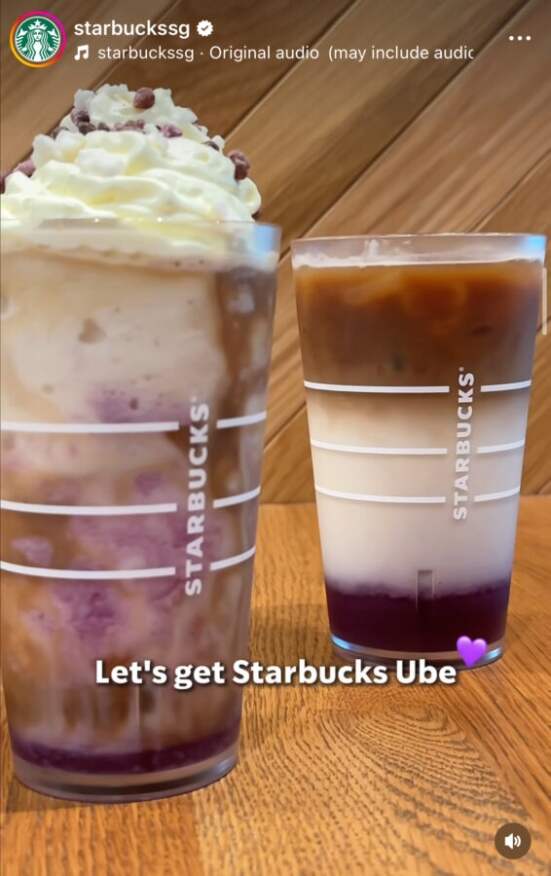
(Image: Instagram screenshot)
2. Climate
Kate Ross, Hair and Beauty Specialist at Irresistible Me, used geographic segmentation in the company’s marketing campaign for hair products.
“We found that customers in the Southwest region were more likely to have dry and frizzy hair due to the hot and arid weather, and they valued moisturizing and smoothing features in their flat irons,” explains Ross.
“On the other hand, customers in the Northeast region were more likely to have fine and straight hair due to the cold and humid weather, and they valued volumizing and curling features in their flat irons.”
Irresistible Me used these insights to tailor its marketing messages and offers to highlight different product benefits that appeal to each geographic segment.
3. Culture
Coca-Cola’s ongoing “Share a Coke” campaign is a great example of using cultural segmentation to not only personalize advertising but also the products themselves.
This multi-national campaign has been successful for nearly a decade because of its community focus, a universal theme that appeals to every culture.
Coke used its packaging to personalize bottles and cans, using different names in different regions, catering to the cultural diversity of each area.
Here’s just one example of a promotional image from its United States campaign using popular American names:
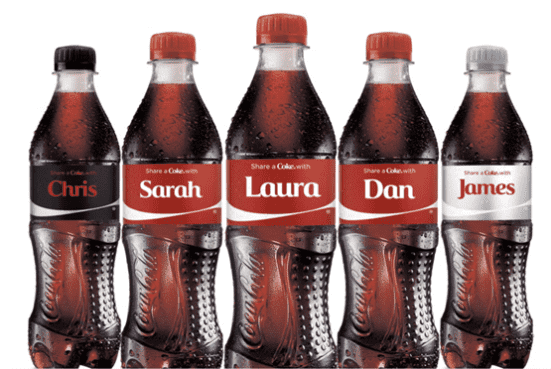
(Image: independent.co.uk)
In Ireland, the company featured the traditional Irish names like Róisín, Tadhg, and Liam on bottles.
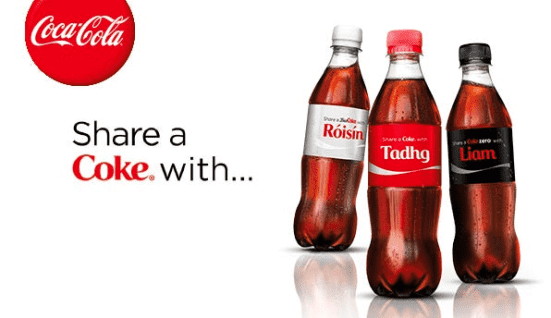
(Image: medium.com)
SwagMagic allows organizations to create custom-branded gift items. It also uses culture as a geographic segmentation variable in how it connects with customers through its messaging.
“Employee gifting is a powerful motivator in the United States,” says Jas Banwait Gill, Growth Manager at SwagMagic. And personalization, convenience, and brand recognition are highly valued.”
She adds that her team will share success stories of companies that use their platform to create memorable corporate gifts and how it strengthened their business partnerships. They also ramp up promotions during the lead-up to the holiday season and Employee Appreciation Day.
4. Ethnicity and religion
McDonald’s re-engineered its menu and advertising in India, a country whose most widely practiced religions have dietary restrictions and traditions.
Instead of its traditional beef burgers, McDonald’s Indian locations offer the Chicken Maharaja Mac, a double-layered grilled chicken sandwich.
Ads for the sandwich feature the tagline “the social burger,” marketing the sandwich as something you eat while spending time with others.
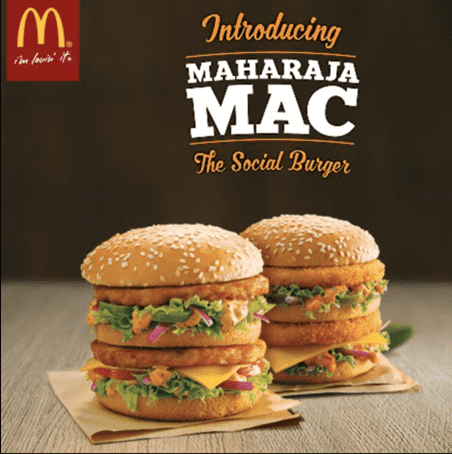
(Image: quoracdn.net)
And, with the highest number of vegetarians in the world, McDonald’s has also incorporated many vegetarian menu items to align with this cultural norm.
Its Indian menu features items like the McAllo, featuring a patty made from potato and peas with vegetarian sauce, and the McSpicy Paneer, a patty made from Indian cheese.
5. Population density
Home improvement stores like The Home Depot and Lowe’s use population density as a variable in the products they advertise.
In more population-dense areas, Home Depot may highlight manual push mowers, which get the job done for smaller lawns. They’re also compact, making them ideal for people who don’t have much space.
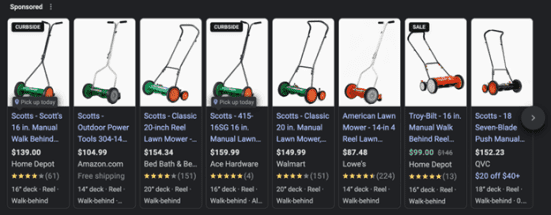
In rural areas, it may promote riding lawnmowers. This mower is more practical and efficient for people living on larger properties. They’re also more likely to have a place to store the large equipment.
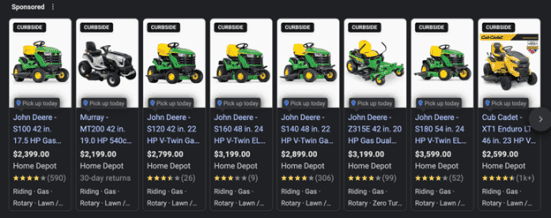
In suburban areas, it may advertise its gas push mowers, which are a better fit for smaller yards. While they aren’t as compact as the manual push mowers, they’ll fit in a small shed or garage, which is more common in suburban areas than urban areas.

6. Language
If you want your paid search ads to be effective, they need to speak to people in the language they understand best. This may vary from country to country or by region.
For example, in most areas of Canada, advertising in English will be the norm. However, in Québec, French is the official language.
In fact, the province passed Bill 96, a controversial law that limits the use of English in certain settings, making French the language of business in Québec.
The deadline for compliance was June 1, 2025. Any advertisers in this area of Canada will need to create ads in French if they want to appeal to the target market and adhere to the law.
Though the law allows English to be used alongside French in some advertisements, that’s only if French is the “more predominant language” (meaning it’s at least twice as big as the English text).
Here’s an example of an Ikea billboard ad in Québec:
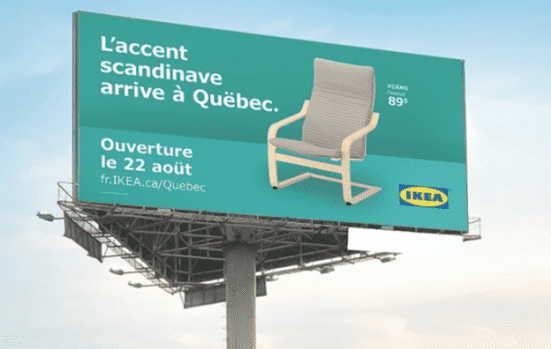
(Image: langsolinc.com)
Not only is the ad copy in French, but the link it drives people to is a link to the French-language Canadian website.
7. Time zone
Time zone segmentation is useful for email marketing campaigns and ad delivery as it allows you to schedule emails and online ads to target people when they’re most likely to click.
For example, if you want to run PPC ads in New York, NY, and Sydney, Australia, you’ll need to schedule them at different times, as Sydney (AEDT) is 15 hours ahead of New York City.
Common challenges
While geographic segmentation helps businesses create more personalized messaging, it can also overgeneralize regions and even cause marketers to miss out on prospects because they didn’t live in the right location.
The solution? Lean into psychographic segmentation in addition to geographic targeting.
Psychographic segmentation is the strategy of targeting people based on their values, interests, and personality.
While demographic segmentation and behavioral segmentation also help paint a more complete picture of your ideal customer, psychographic segmentation puts emphasis on who your target customer is — regardless of where they live or how old they are.
The takeaway
Geographic segmentation is about more than a home address. It considers cultural preferences and the different needs of people based on their geographic area.
This segmentation strategy can help you deliver more targeted messaging and build more effective marketing campaigns that boost customer satisfaction.
While it’s best used with other customer segmentation strategies, it can make a significant impact on your marketing efforts.
Want expert help applying geographic segmentation to your PPC strategy? Get in touch with the HawkSEM team today.
This article has been updated and was originally published in February 2024.
